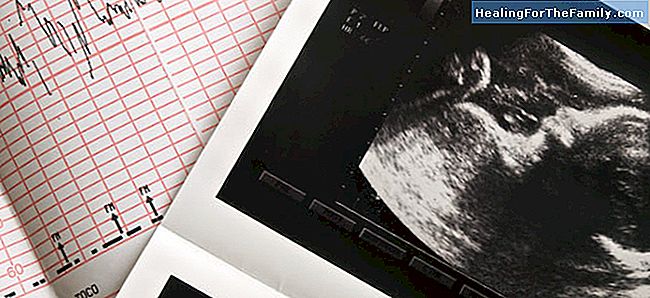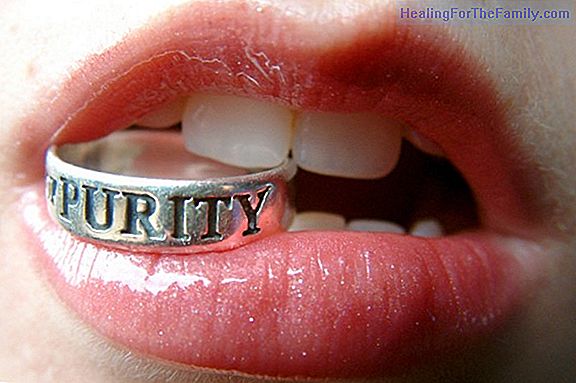Hypothyroidism in the fetus
During pregnancy, the baby is very protected regarding an eventual thyroid problem. On the one hand, it has the possibility of using the hormones that it manufactures itself or using those of its mother that pass through the placenta. Thus, if the embryo or fetus suffers from a congenital thyroid fa
During pregnancy, the baby is very protected regarding an eventual thyroid problem. On the one hand, it has the possibility of using the hormones that it manufactures itself or using those of its mother that pass through the placenta. Thus, if the embryo or fetus suffers from a congenital thyroid failure, it can use the hormones provided by its mother. On the contrary, if it is your mother who has severe hypothyroidism el, the baby will be able to use the hormones that he makes. In both cases, the child will be born absolutely normal in its development.We explain how hyperthyroidism affects the fetus.Iodized salt against hypothyroidism in the fetus

The problem occurs when
there is a lack of iodine for the manufacture of thyroid hormones. Under these circumstances, neither the thyroid of the mother nor the fetus does work well, and then there are problems. Using iodized salt in meals is the best way to ensure adequate iodine intake. But when iodine is lacking,
the mother's thyroid can not make the necessary amount of thyroid hormone , the mother's TSH rises and the mother's thyroid grows. The same thing happens to the fetus and it can also be born with a small goiter, apart from the development problems it may have had.To get an idea of the amount of iodine you need in your pregnancy, you should bear in mind that a woman's iodine needs are 150 micrograms daily, and that the pregnant woman needs 200 micrograms. Apart from iodized salt, supplements should be advised by the doctor. There is a single "shock" dose for the first two months of pregnancy, although it can also be included in some polivitaminic compounds.
The functioning of the thyroid in the fetus
The functioning of the thyroid during pregnancy is governed by the regla "rule of three":
1. Atthree weeks after conception, when the woman does not know that she is pregnant, El begins to form the outline of what will be the child's thyroid.
2. From thethird month of conception,the fetus's thyroid is already capable of accumulating iodine, functioning and producing its own hormones.
3.Three weeks after birth,the newborn has used the hormones that could come from his mother, has exhausted its deposits and begins to work connected with the pituitary gland.
Effects of hypothyroidism on the development of the fetusWhen the mother does not know that she suffers from hypothyroidism and the disease is not treated with medication, there is a risk of spontaneous abortion during the first trimester of pregnancy. If the embryo manages to overcome the first trimester of pregnancy, maternal hypothyroidism can lead to premature labor and complications during pregnancy such as hypertension or preeclampsia.On the other hand, several studies have revealed that children born to mothers with hypothyroidism during pregnancy have a reduced IQ and disorders in psychomotor development. However, recent research has shown that, with proper treatment, pregnancies with hypothyroidism can be totally healthy for both the mother and the baby.
Marisol Nuevo. Guiainfantil.com












